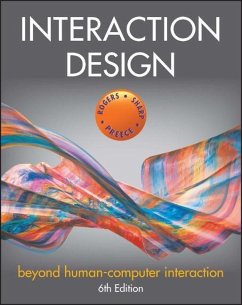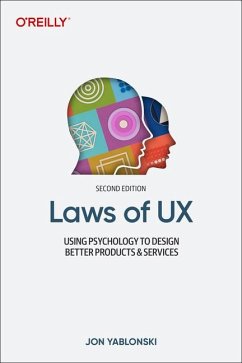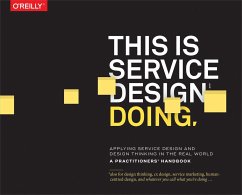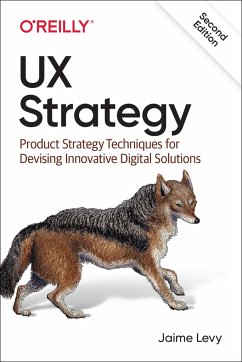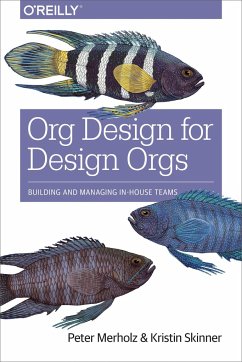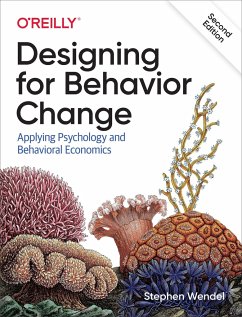Nicht lieferbar
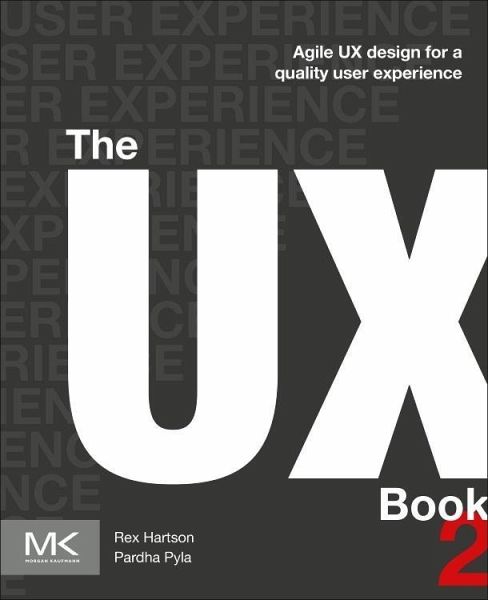
The UX Book
Agile UX Design for a Quality User Experience
The discipline of user experience (UX) design has matured into a confident practice and this edition reflects, and in some areas accelerates, that evolution. Technically this is the second edition of The UX Book, but so much of it is new, it is more like a sequel.One of the major positive trends in UX is the continued emphasis on design-a kind of design that highlights the designer's creative skills and insights and embodies a synthesis of technology with usability, usefulness, aesthetics, and meaningfulness to the user. In this edition a new conceptual top-down design framework is introduced ...
The discipline of user experience (UX) design has matured into a confident practice and this edition reflects, and in some areas accelerates, that evolution. Technically this is the second edition of The UX Book, but so much of it is new, it is more like a sequel.
One of the major positive trends in UX is the continued emphasis on design-a kind of design that highlights the designer's creative skills and insights and embodies a synthesis of technology with usability, usefulness, aesthetics, and meaningfulness to the user. In this edition a new conceptual top-down design framework is introduced to help readers with this evolution.
This entire edition is oriented toward an agile UX lifecycle process, explained in the funnel model of agile UX, as a better match to the now de facto standard agile approach to software engineering. To reflect these trends, even the subtitle of the book is changed to "Agile UX design for a quality user experience?.
Designed as a how-to-do-it handbook and field guide for UX professionals and a textbook for aspiring students, the book is accompanied by in-class exercises and team projects.
The approach is practical rather than formal or theoretical. The primary goal is still to imbue an understanding of what a good user experience is and how to achieve it. To better serve this, processes, methods, and techniques are introduced early to establish process-related concepts as context for discussion in later chapters.
One of the major positive trends in UX is the continued emphasis on design-a kind of design that highlights the designer's creative skills and insights and embodies a synthesis of technology with usability, usefulness, aesthetics, and meaningfulness to the user. In this edition a new conceptual top-down design framework is introduced to help readers with this evolution.
This entire edition is oriented toward an agile UX lifecycle process, explained in the funnel model of agile UX, as a better match to the now de facto standard agile approach to software engineering. To reflect these trends, even the subtitle of the book is changed to "Agile UX design for a quality user experience?.
Designed as a how-to-do-it handbook and field guide for UX professionals and a textbook for aspiring students, the book is accompanied by in-class exercises and team projects.
The approach is practical rather than formal or theoretical. The primary goal is still to imbue an understanding of what a good user experience is and how to achieve it. To better serve this, processes, methods, and techniques are introduced early to establish process-related concepts as context for discussion in later chapters.





